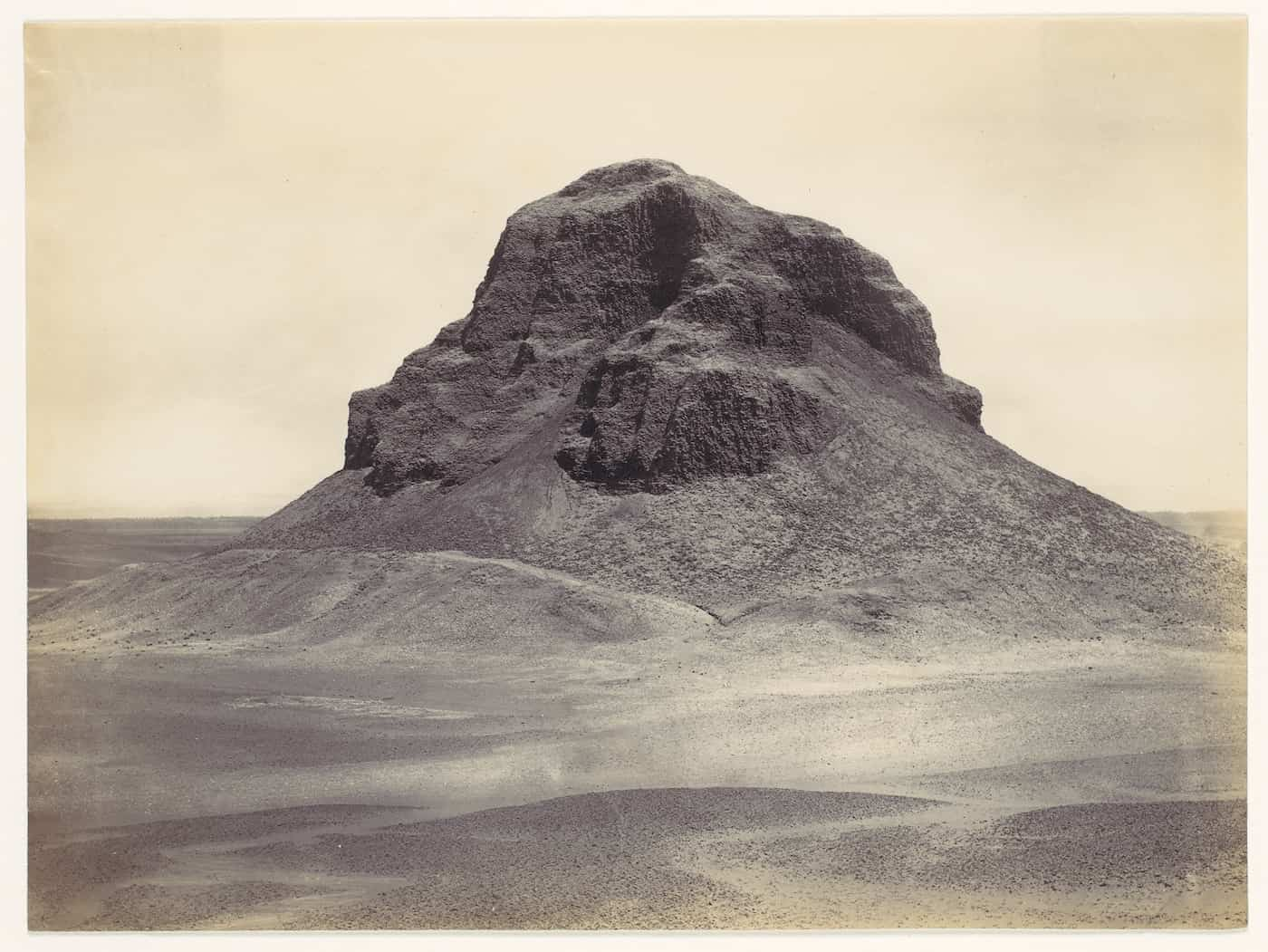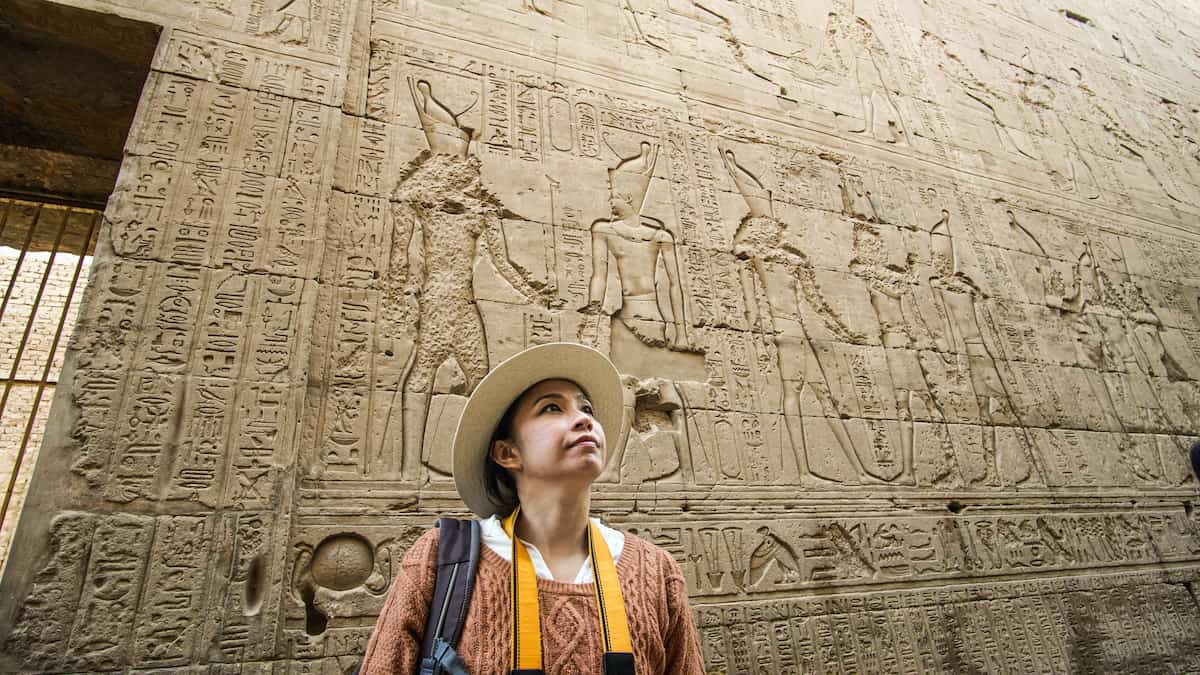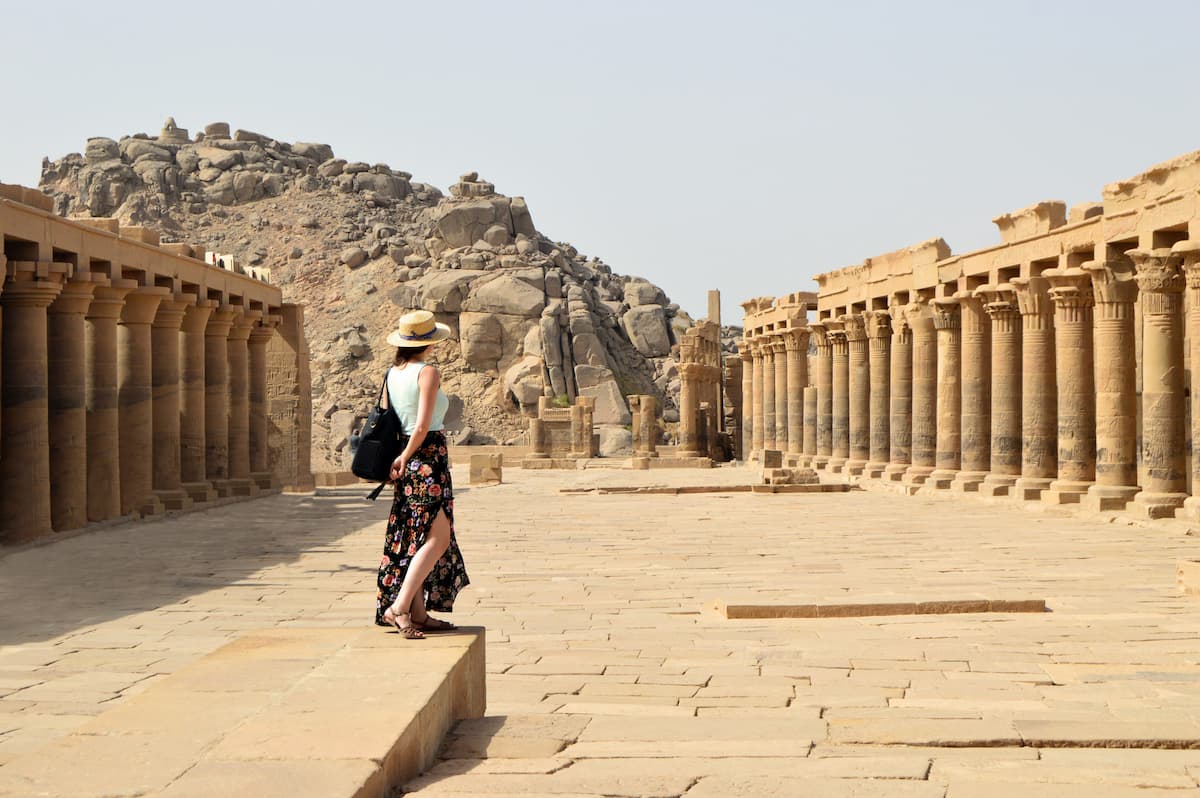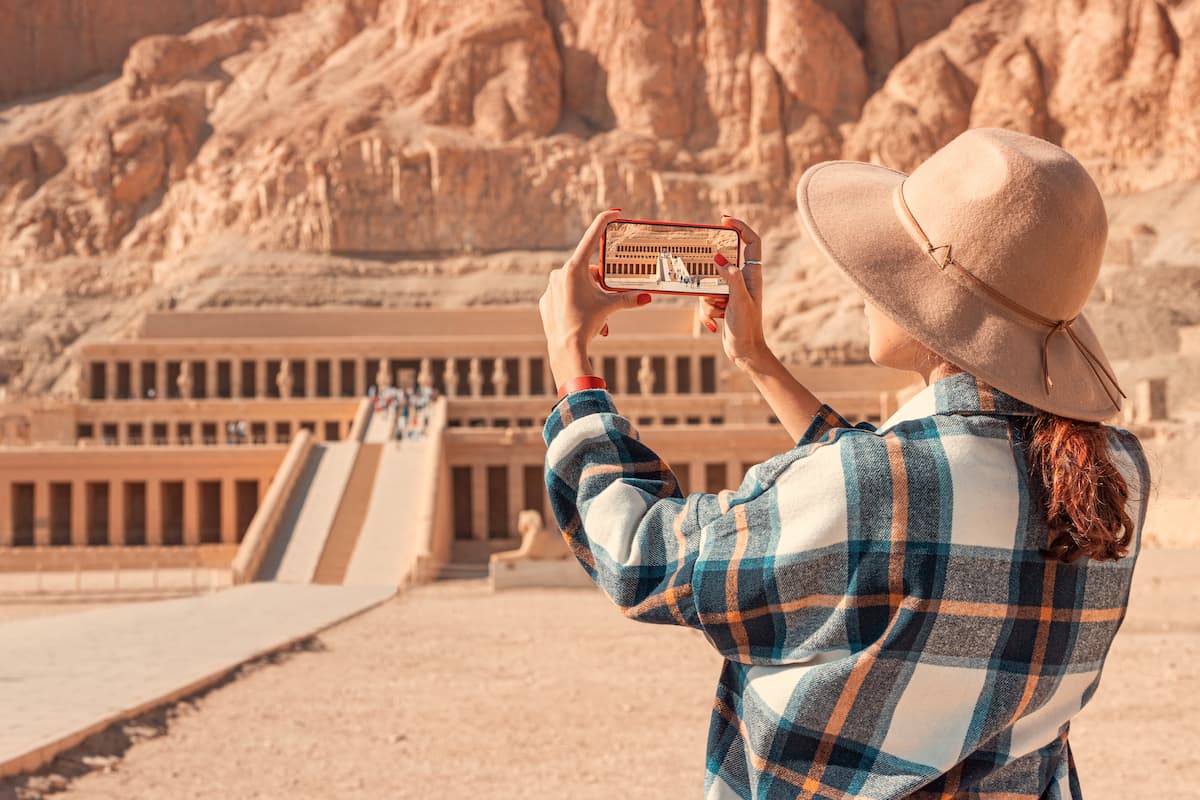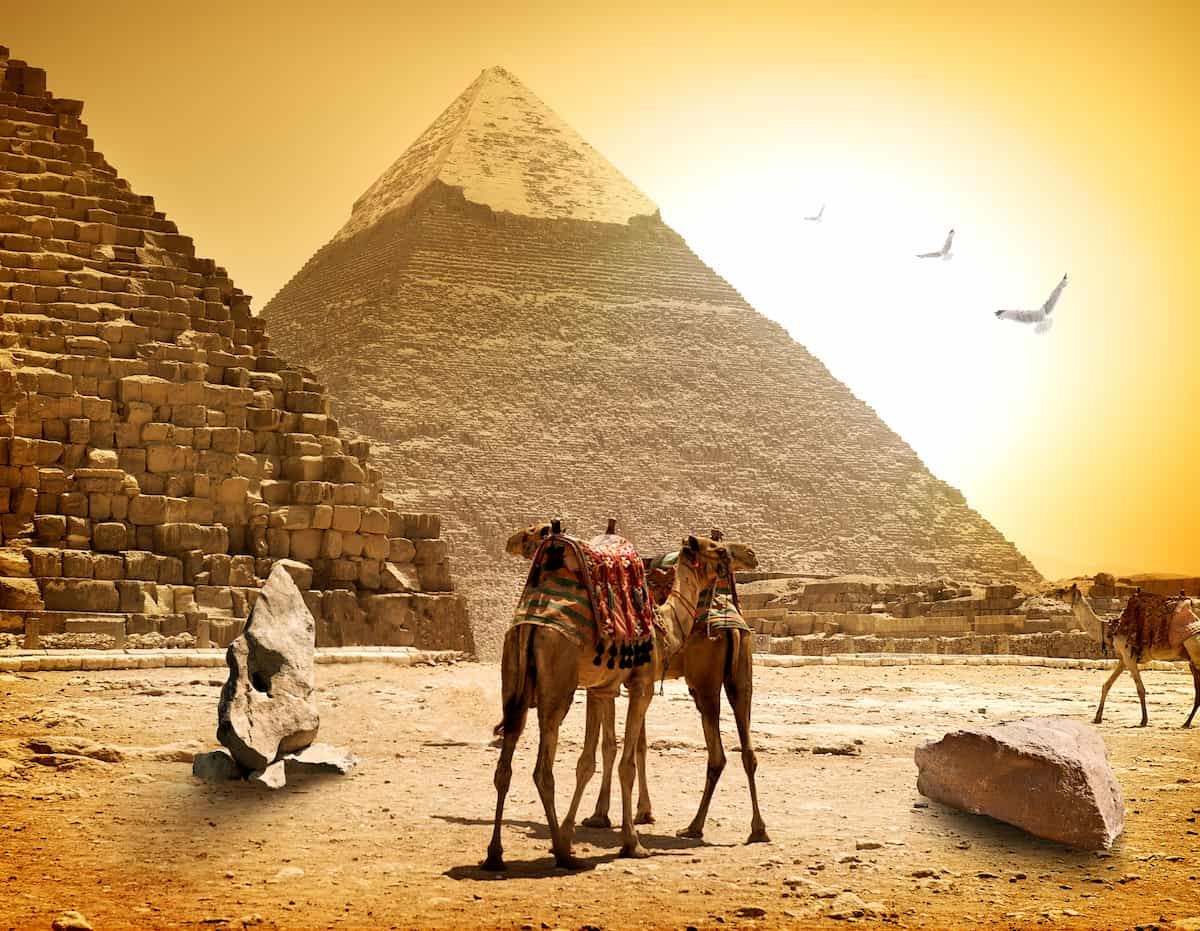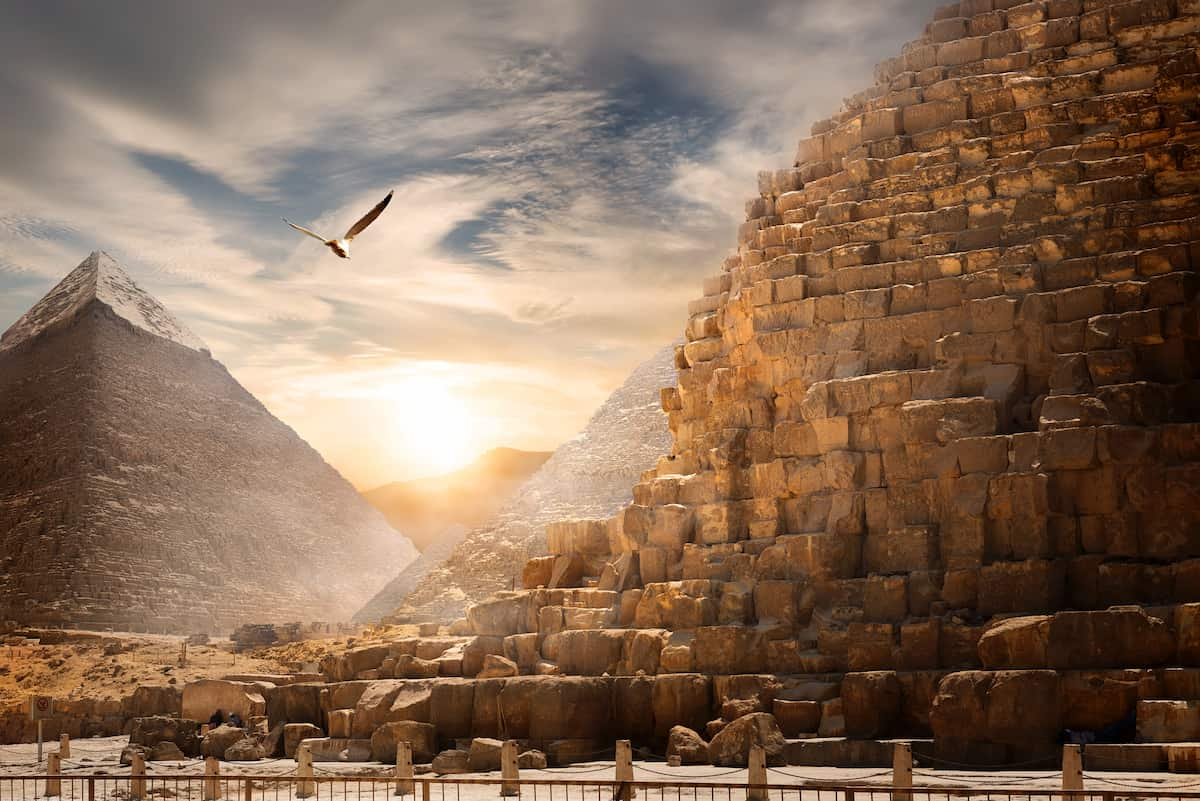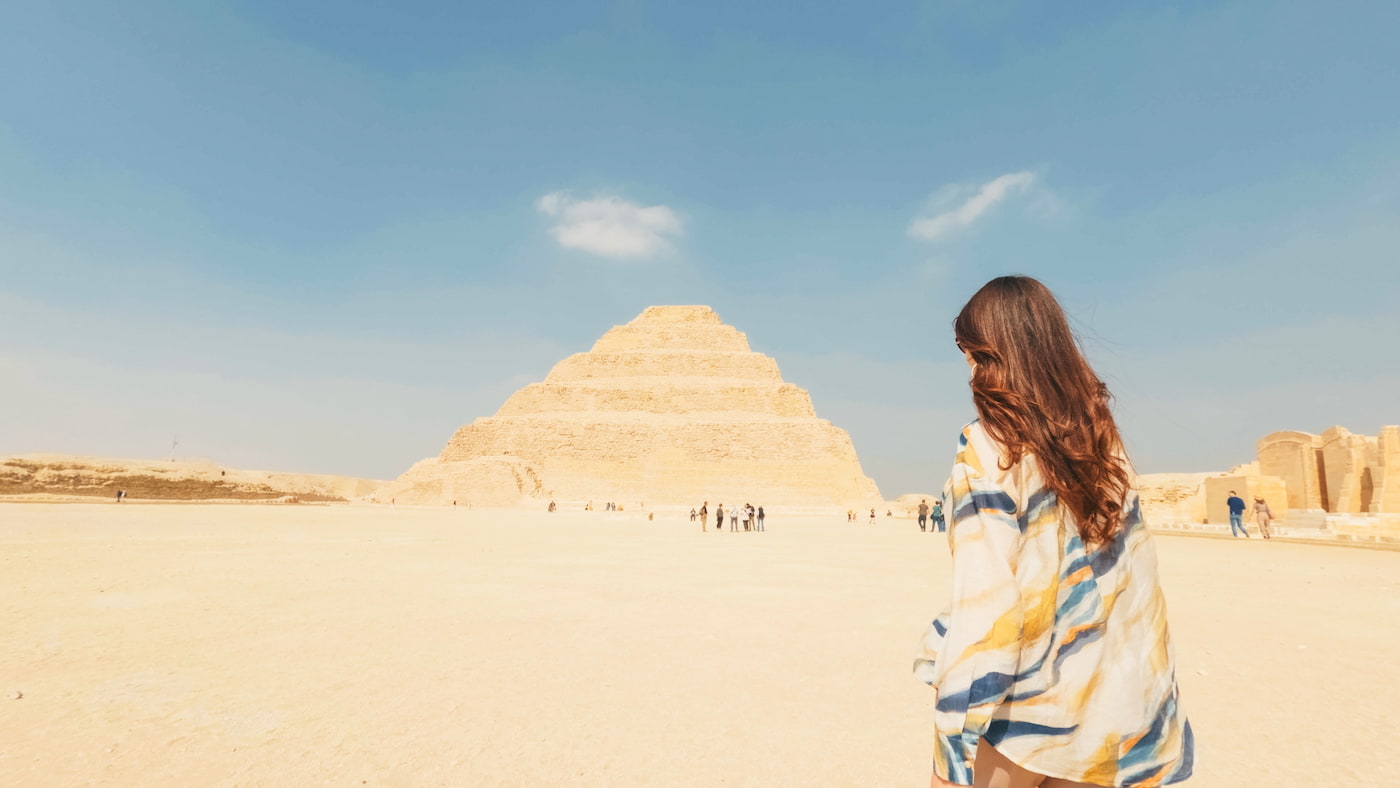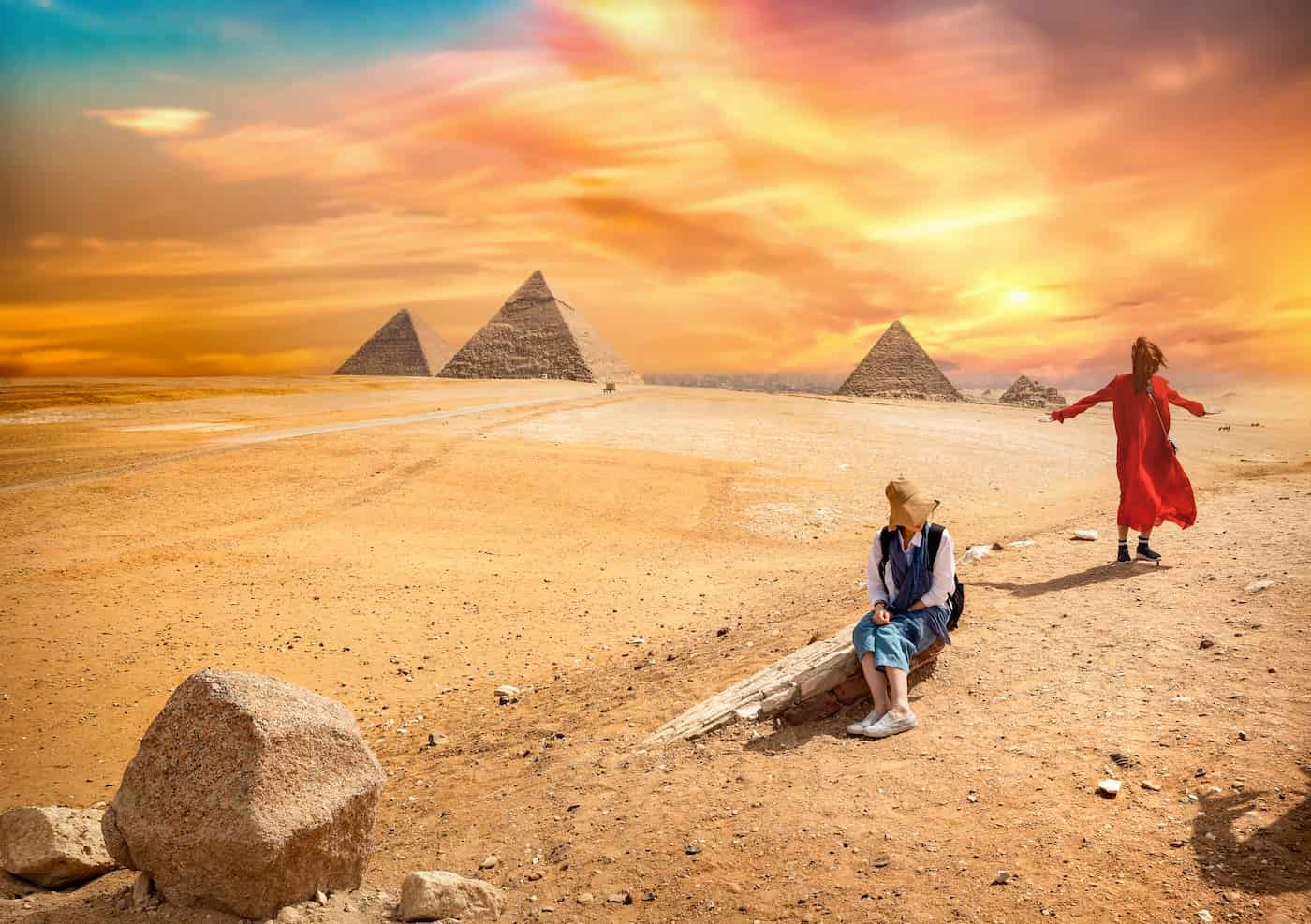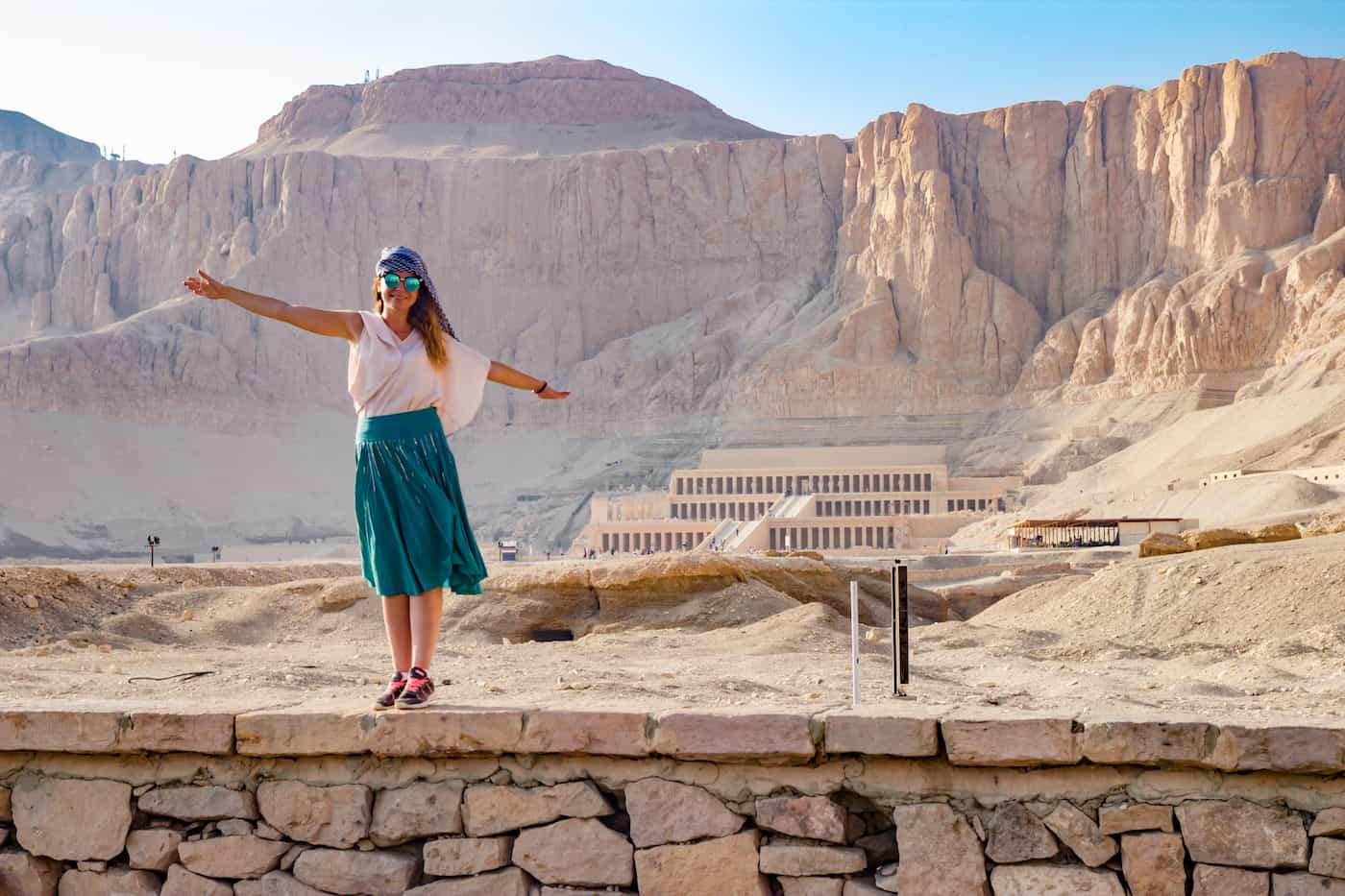The Black Pyramid of Dahshur | Inside| History & Facts
The Pyramids of Giza in Egypt are the world’s most famous tourist attractions, but few know that there are other pyramids from ancient Egypt. There is the Black Pyramid of Dahshur. King Amenemhat III built it during the Middle Kingdom of Egypt (2040-1640 BC). It is one of only five remaining pyramids of the original 11 pyramids at Dahshur.

Black Pyramid in Dahshur
The Black Pyramid of Amenemhat III has another name( or the Pyramid of Amenemhet III). It is an ancient Egyptian pyramid and exists in Dahshur. This pyramid is almost 40 kilometers (25 miles) south of Cairo, Egypt. It is a beautiful and strange pyramid due to its unusual dark-colored mudbrick construction and unique design. Here’s some information about the Black Pyramid of Amenemhat III:
How did they discover this Black Pyramid?
Jacques de Morquin began excavations at the pyramids at Dahshur in 1892. He was of the French mission.
Then the German Archaeological Institute completed these excavations in 1983.
The Black Pyramid is an important Egypt’s ancient heritage and a tourist attraction that attracts visitors from all over the world.
The Reason for its Name
The pyramid had the name of the strong Amenemhat because it is the first pyramid that owns a pharaoh and his queens. Then, it had the name of the Black Pyramid because of its dark, crumbling appearance, like a mass of rubble.
The Black Pyramid has a strange appearance. It is a pile of rubble, and the black color that appears on its deteriorating surface. They gave this name due to its features changing and its appearance deteriorating.
Black Pyramid History
The Pharaoh Amenemhat III had this black pyramid to be buried for it. His reign was around 1860-1814 BC during the Middle Kingdom of Egypt’s Twelfth Dynasty. Amenemhat III was famous for his long and developing rule.
Description of the Black Pyramid
The pyramid was originally 75 meters long, with a base width of 105 meters and a slope of 57°. The Black Pyramid is similar to the pyramids of the Middle Kingdom; although it is of limestone, its building is of mud brick.
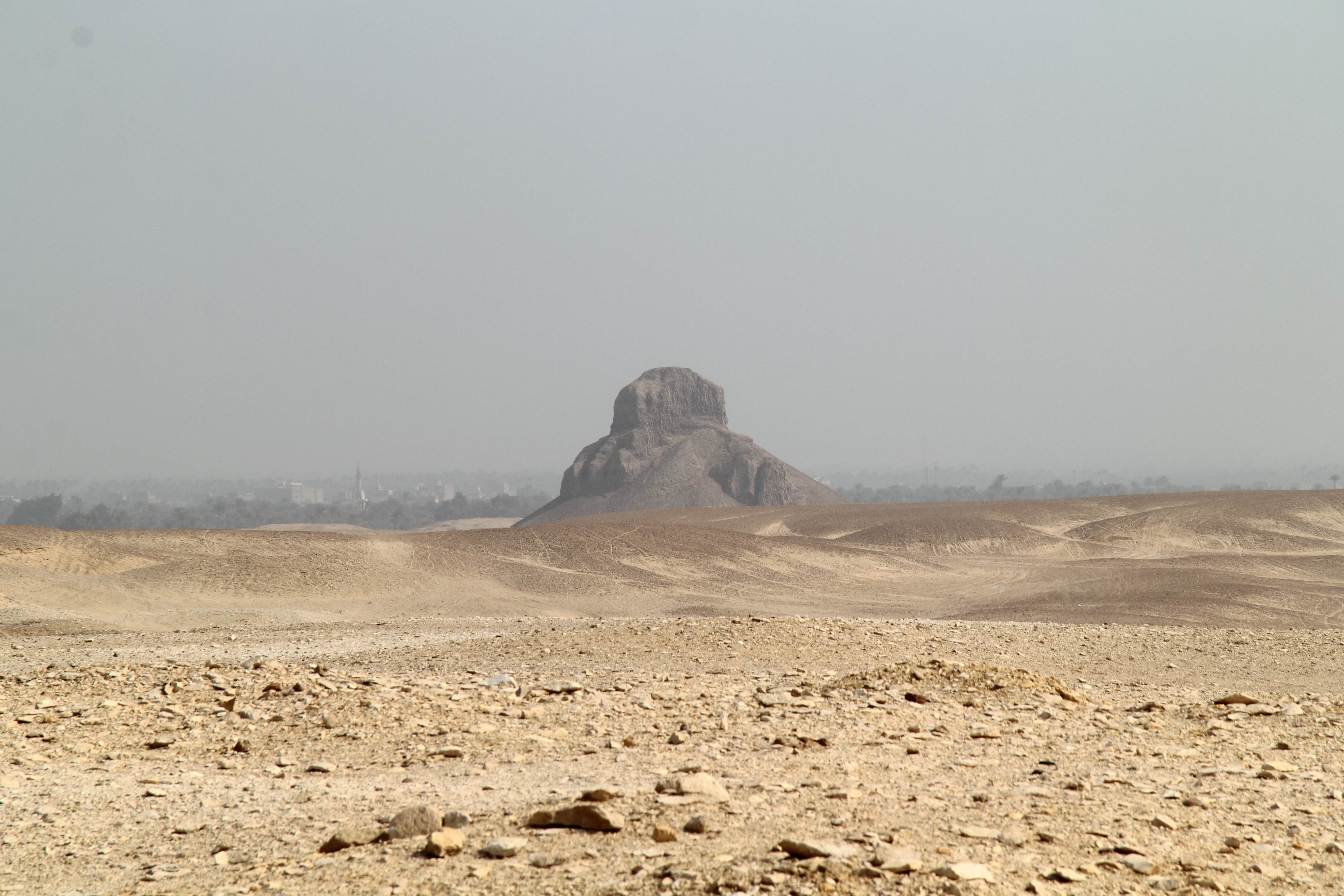
The ground level contains an entrance to the courtyard and the mortuary temple, surrounded by walls.
The Black Pyramid contains two sets of walls, between which are tunnel tombs, a type of burial structure formed from tombs built into natural rock.
The pyramid chamber (the stone that crowns the pyramid) had religious inscriptions and symbols, some of which have disappeared. Thus, researchers understood that no one ever used it.
Burial Passages and Chambers
A complex network of passages lies below ground level in the underground structure. The royal chamber, which contained a naos and a canopic jar, was untouched; however, the king was not buried there.
The Pyramid from the Inside
The Black Pyramid was part of a mortuary temple, a causeway, and other structures. These components played a role in conducting funerary rituals and offerings for the deceased pharaoh.
There are four burial chambers under the ground, but their kings are unknown. All believed that two of these chambers belonged to Amenemhat IV and Queen Neferusobek.
The king’s side contained a burial chamber containing a huge carved sarcophagus resembling the outer wall of Djoser’s Step Pyramid at Saqqara.
They buried two of his queens beneath the pyramid. The first chamber in the queen’s quarter existed in the southwest wing of the pyramid. It belonged to Queen Aat, while the second chamber is unknown.
Although both chambers were raided and their contents looted, archaeologists found some items that the thieves missed. There was a canopic jar belonging to Queen Aat.
The Upper Structure of the Pyramid
The core of the upper structure was of mudstone and lacked internal walls. All believed that they designed it to minimize weight due to the pyramid’s proximity to the Nile.
The pyramid was on mudstone, which could not support the weight. It began to sink, just as the Bent Pyramid of Sneferu at Dahshur several centuries ago. The two pyramids are only a kilometer and a half apart.
The outer layer of limestone, the “shiny layer,” was stabilized with symmetrical pegs. Eventually, the pyramid was abandoned after it began to crush the lower chambers. Builders installed supporting beams and mudstone to prevent subsidence, but these were insufficient, so it was abandoned.
Structure Problems
The Black Pyramid had many structural deficiencies. The pyramid existed in one of the lowest regions of Egypt, only 10 metres (33 ft) above sea level. So groundwater seeped from the Nile into the structure.
There are many passageways and chambers underground, but not enough stress relievers built into the pyramid above these areas to support the resulting loads. They used mud brick under the surface blocks instead of traditional stone.
In the end, the pyramid sank and collapsed because of the poor support of underground chambers, unsuitable building materials, and low site elevation.
Burial Site:
The essential function of the Black Pyramid was to serve as a royal tomb, like other pyramids. There is an internal structure with chambers inside the pyramid. They buried Pharaoh Amenemhat III in this pyramid along with his funerary belongings.
The Mystery of the Black Pyramid and Its Connection to the Benben Stone
The Black Pyramid exists in Dahshur. It is one of Egypt’s most enigmatic structures. The Pharaoh Amenemhat III built it during his reign. This pyramid raises questions about its link to cosmic energy and the legendary Benben Stone.

Black Pyramid
What is the Benben Stone?
The Benben Stone was the connection between the earth and the sky in ancient mythology. All believed that this stone was the first touch by the sun god Ra’s rays. So it was a source of cosmic energy.
How does this relate to the Black Pyramid?
Despite its partial collapse, the Black Pyramid reflects the same way as pyramids as a cosmic energy hub.
Conclusion
Overall, the Black Pyramid of Amenemhet III is an architectural ingenuity and a cultural importance of ancient Egypt during the Middle Kingdom period. Archaeologists, historians, and all scientists are studying these wonderful buildings because of their unique appearance and historical importance.
The black pyramid is an important tourist destination. Thus, tourists come from all over the world to watch this Egyptian wonder.
The state always preserves these antiquities from theft or vandalism. It is working hard to develop them without changing their form, which expresses the history of ancient Egyptians.

